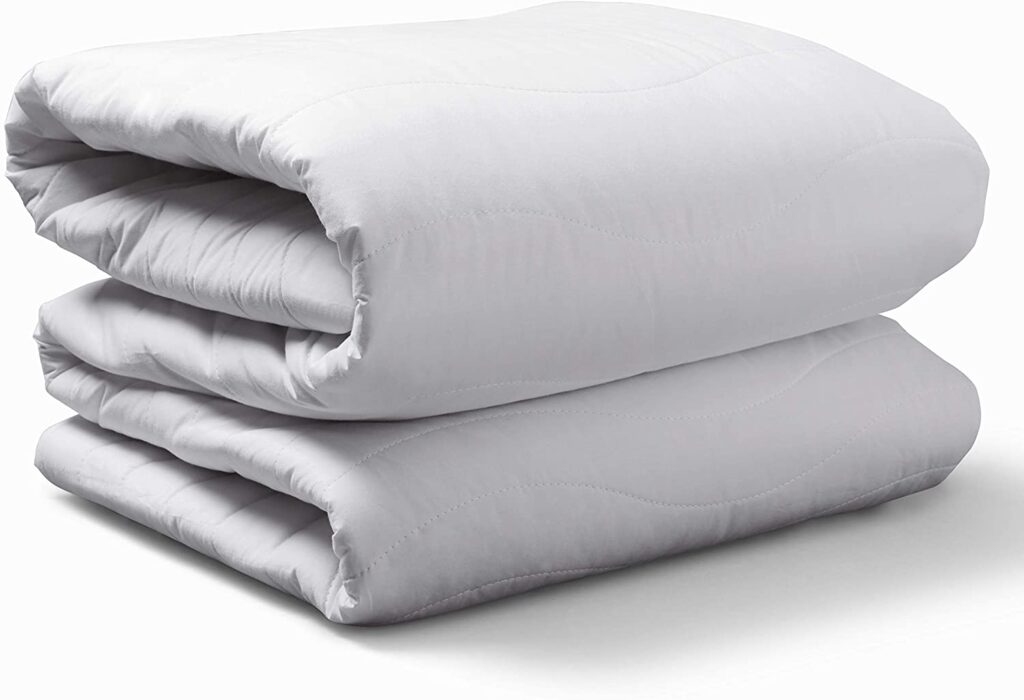Countertop height is the height of the countertop from the floor. As a general rule, countertop height should be 36 inches high. If you want extra counter space, you can opt for a slightly higher countertop height. When measuring your countertop height, measure from the floor to the top of the countertop.Countertop Height
Cabinet height is determined by the ceiling height. Cabinet height typically ranges from 30 to 42 inches high. The higher the ceiling height, the more options you have for cabinet heights. If you have 8-foot-high ceilings, you can install cabinets anywhere from 30 inches to 42 inches high.Cabinet Height
Cabinet width is determined by the size of the opening. Typically, cabinet width can be anywhere from 12 inches to 36 inches wide. You should measure the size of the opening before purchasing your cabinets. It’s important to ensure your cabinets will fit in the opening of your desired kitchen design.Cabinet Width
Cabinet depth is determined by the height of the countertop and the size of the furniture. Cabinets can range anywhere from 12 inches deep to 24 inches deep. The deeper the cabinet, the more storage space you’ll have. When measuring for cabinet depth, make sure there’s enough distance between your countertop and the bottom of the cabinet.Cabinet Depth
Sink size can vary depending on the size of the kitchen. The most common sizes for a sink are 24 inches wide and 30 inches wide. Larger sinks will require a larger countertop space. If you have a larger sink, it’s important to make sure there’s enough counter space to accommodate it.Sink Size
Cooktop size is determined by the size of the cooktop. Most cooktops range from 24 inches wide to 36 inches wide. When selecting your desired cooktop size, make sure your countertop is at least 1 inch wider and 1 inch taller than the cooktop.Cooktop Size
Refrigerator measurements can vary depending on the size and type of refrigerator. The most common measurements for a refrigerator are 24 inches wide and 36 inches wide. When selecting your refrigerator size, make sure you measure the space available for your refrigerator to ensure a good fit.Refrigerator Measurements
Range hood measurements will vary depending on the hood you choose. Most range hoods measure from 30 to 36 inches wide. When selecting your range hood, make sure it fits the size of your range and the overall size of your kitchen.Range Hood Measurements
Island counter top measurements will vary depending on the size of your island. The most common measurements for an island counter top are 36 inches wide and 48 inches wide. When deciding the size of your island countertop, make sure to take into consideration the overall size of your kitchen. Island Counter Top Measurements
Backsplash height is determined by the height of the countertop and the size of the backsplash. Backsplash height typically ranges from 4 inches to 8 inches. It’s important to measure the height of your countertop and the size of your backsplash to make sure it will fit correctly. Backsplash Height
Measuring Your Kitchen for Design
 When it comes to
kitchen design
, having accurate measurements is essential to understanding the various aspects of your kitchen, such as how much counter space you have, what the best layout of cabinets will be, and what type of appliances will fit in your current space. Measurements also help to make sure that appliances, cabinetry and counters, and other features of the kitchen design match up to a professional level of accuracy.
To make sure your measurements are accurate, you will need to have the proper tools. A measuring tape, a notepad or sheet of graph paper, and a pencil are all required. Once you have these items, you can start measuring the walls, the appliances, and the other features that make up your kitchen. You should also take note of any existing features such as countertops, doorways, and windows, as they can all be taken into account when planning your kitchen design.
When it comes to
kitchen design
, having accurate measurements is essential to understanding the various aspects of your kitchen, such as how much counter space you have, what the best layout of cabinets will be, and what type of appliances will fit in your current space. Measurements also help to make sure that appliances, cabinetry and counters, and other features of the kitchen design match up to a professional level of accuracy.
To make sure your measurements are accurate, you will need to have the proper tools. A measuring tape, a notepad or sheet of graph paper, and a pencil are all required. Once you have these items, you can start measuring the walls, the appliances, and the other features that make up your kitchen. You should also take note of any existing features such as countertops, doorways, and windows, as they can all be taken into account when planning your kitchen design.
Measuring the Walls and Ceiling
 One of the first steps in getting accurate
kitchen design measurements
is to measure the walls. Start in one corner of the kitchen, and measure the length of the wall. Make sure to note the measurements on your notepad. Do this for the width of the wall as well. Be sure to measure any doorways and windows that could impact the layout of your design. Also, measure the countertops and any lower cabinets that may interfere with your measurements.
One of the first steps in getting accurate
kitchen design measurements
is to measure the walls. Start in one corner of the kitchen, and measure the length of the wall. Make sure to note the measurements on your notepad. Do this for the width of the wall as well. Be sure to measure any doorways and windows that could impact the layout of your design. Also, measure the countertops and any lower cabinets that may interfere with your measurements.
Measuring the Appliances and Fixtures
 The next step is to measure any appliances and fixtures that you will be including in your kitchen design. Measure the refrigerator, oven, stove, and dishwasher. Note the dimensions of each and record them on your notepad. If you will be including a sink or any other fixtures, make sure to record their measurements as well.
Once you have taken all of the necessary measurements, you will be able to have an accurate idea of the design of your kitchen and be able to plan accordingly. Having accurate measurements will also help to ensure that your design fits your space perfectly and looks its best.
The next step is to measure any appliances and fixtures that you will be including in your kitchen design. Measure the refrigerator, oven, stove, and dishwasher. Note the dimensions of each and record them on your notepad. If you will be including a sink or any other fixtures, make sure to record their measurements as well.
Once you have taken all of the necessary measurements, you will be able to have an accurate idea of the design of your kitchen and be able to plan accordingly. Having accurate measurements will also help to ensure that your design fits your space perfectly and looks its best.






























































































